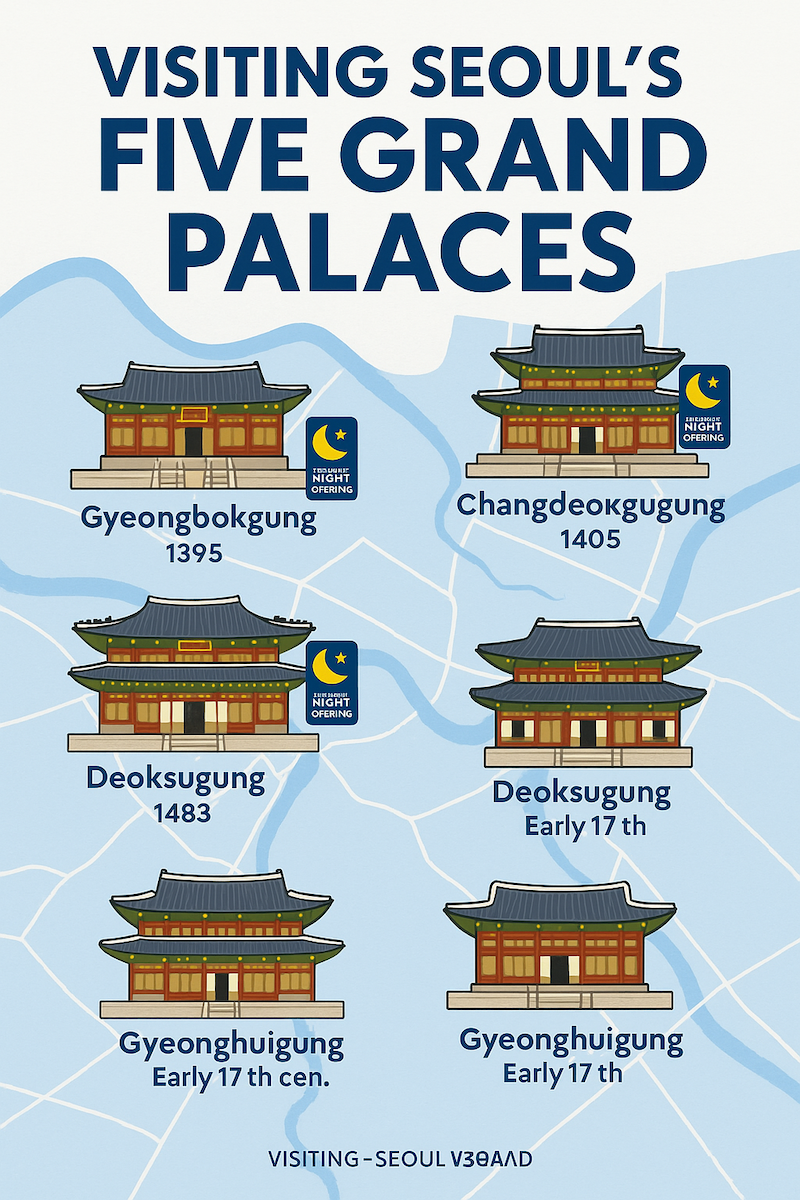Introduction: Why Gimje Matters
When travelers imagine South Korea, they often picture neon streets in Seoul, high-speed trains, or Jeju’s volcanic cliffs. Yet behind the nation’s modern image lies a deep rural heritage. To truly understand Korean culture, one must step outside the cities and enter the countryside, where farming rhythms still define daily life.
Among Korea’s many rural regions, Gimje (김제) in Jeollabuk-do Province stands out. Known historically as Korea’s “great plain,” Gimje is the center of rice production, dotted with traditional houses, vast rice paddies, and peaceful villages that have changed little over generations. For foreigners seeking authentic experiences beyond tourism hotspots, Gimje countryside offers a rare chance to connect with the land and people of rural Korea.
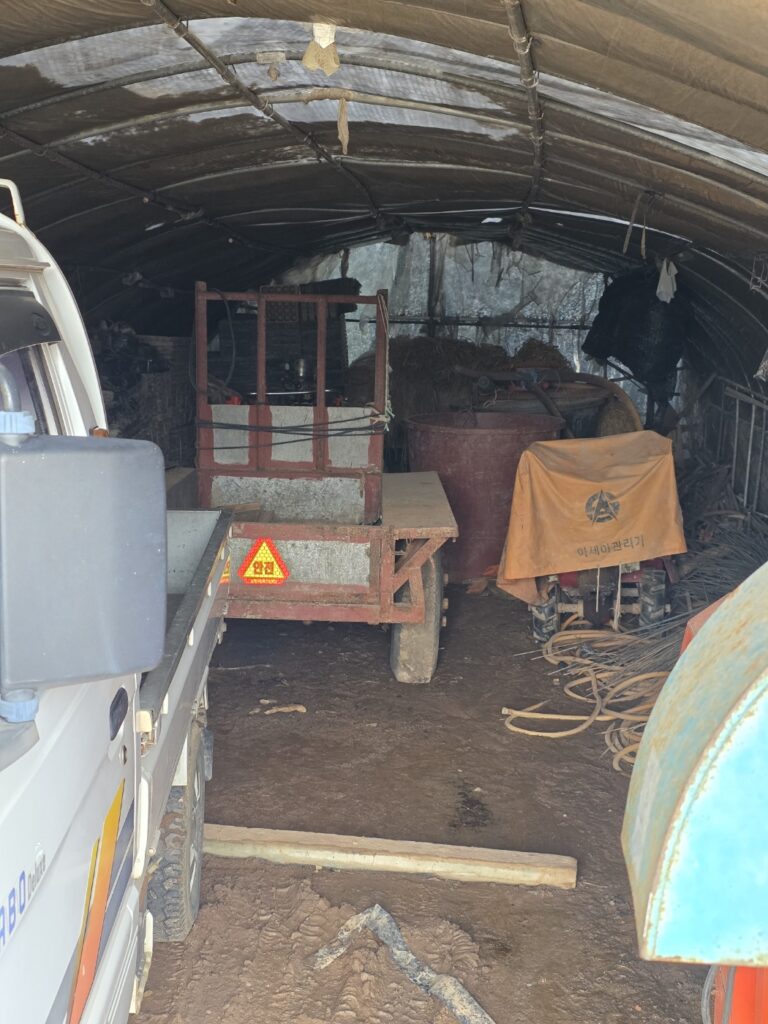
The Agricultural Identity of Gimje
Gimje is not just another rural county—it is the breadbasket of Korea. Its geography, defined by wide plains and fertile soil, has supported farming for centuries. Even during Korea’s industrialization, Gimje remained tied to agriculture.
- Rice Fields as Cultural Icons: Endless paddies stretch across the horizon. In spring, they reflect the sky like mirrors; in summer, they are seas of green; in autumn, golden waves of rice shimmer under the sun.
- Agricultural Festivals: Gimje celebrates its farming culture through events like the Gimje Horizon Festival, where visitors experience traditional farming methods, local music, and food.
- Heritage of Resilience: Despite modernization, farming families in Gimje continue to pass down techniques and values, representing Korea’s balance between tradition and modernity.
For a foreign visitor, walking through Gimje’s countryside is like stepping into Korea’s living museum of agriculture.
Traditional Houses: Echoes of the Past
One of Gimje’s most striking features is its traditional homes (한옥 and old rural houses). Unlike hanok villages curated for tourists in Seoul or Jeonju, Gimje’s houses remain authentic, often still lived in by farming families.
- Architecture: Wooden beams, tiled roofs with elegant curves, and clay walls designed for natural cooling in summer and warmth in winter.
- Courtyards and Storage: Wide yards where kimchi jars (onggi) sit, and storage areas where harvested crops are kept.
- Living Heritage: Some houses are weathered with age, their faded paint and cracked tiles telling stories of resilience. Yet they remain central to daily rural life.
For foreign visitors, these houses are not just architectural sights—they are intimate glimpses into how Korean families have lived for centuries.
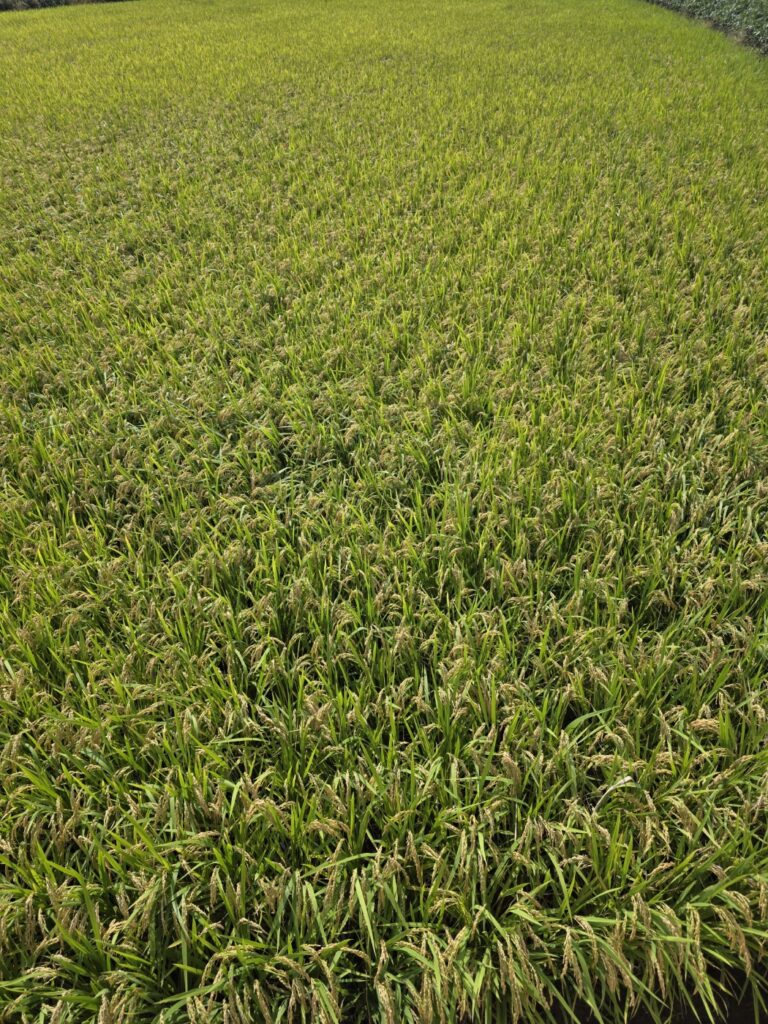
Life in the Rice Fields
Rice fields dominate Gimje’s landscape and rhythm of life. They define not only the economy but also the identity of the community.
- Spring Planting: Farmers transplant seedlings, bending carefully over mirrored paddies. The work is communal; neighbors help one another.
- Summer Growth: Fields transform into a green sea, with dragonflies and frogs as companions. Children bike along dikes between fields, chasing each other until dusk.
- Autumn Harvest: Golden rice stalks sway in the wind. Farmers gather to harvest, and villages celebrate with food and music.
- Winter Rest: Fields lie bare, covered in frost. The silence of the countryside is profound, offering peace to anyone who visits.
Travelers walking along these fields often find themselves slowing down, listening to the wind, and reflecting on the simplicity of life tied to nature.
Everyday Rural Scenes in Gimje
What makes Gimje countryside compelling is not only its grand landscapes but also its small details:
- Village Markets: Farmers selling vegetables, rice cakes, and homemade sauces. The markets are social spaces, filled with greetings and gossip.
- Old Wells and Stone Walls: Remnants of a lifestyle where water was drawn by hand and walls were built with care from local stones.
- Elderly Farmers: With sun-browned skin and wide hats, they embody decades of work under the sun. Their smiles are welcoming, their pace unhurried.
- Country Roads: Narrow lanes where tractors pass slowly, dogs nap in the shade, and life feels unhurried.
For a foreigner accustomed to busy urban environments, these scenes feel timeless and grounding.
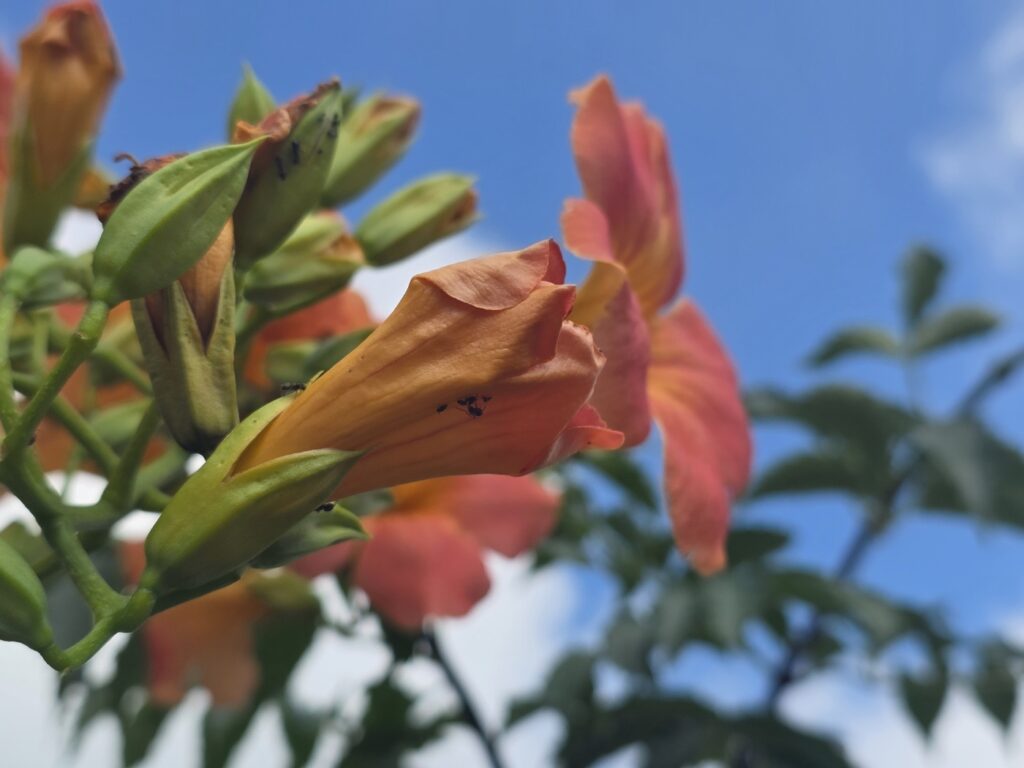
Rural Cuisine: The Taste of Gimje
No rural experience is complete without food, and Gimje’s cuisine reflects its farming roots.
- Countryside Table (시골밥상): Meals include rice, soup, and a variety of side dishes made from seasonal vegetables. Nothing fancy, but everything fresh.
- Doenjang Stew (된장찌개): Fermented soybean stew, earthy and rich, often made with homegrown ingredients.
- Pajeon and Makgeolli: Green onion pancake paired with rice wine, a favorite after a day of work or hiking.
- Market Snacks: Hotteok (sweet pancakes), tteok (rice cakes), and handmade noodles.
For travelers, these meals are not just food but expressions of hospitality and tradition.
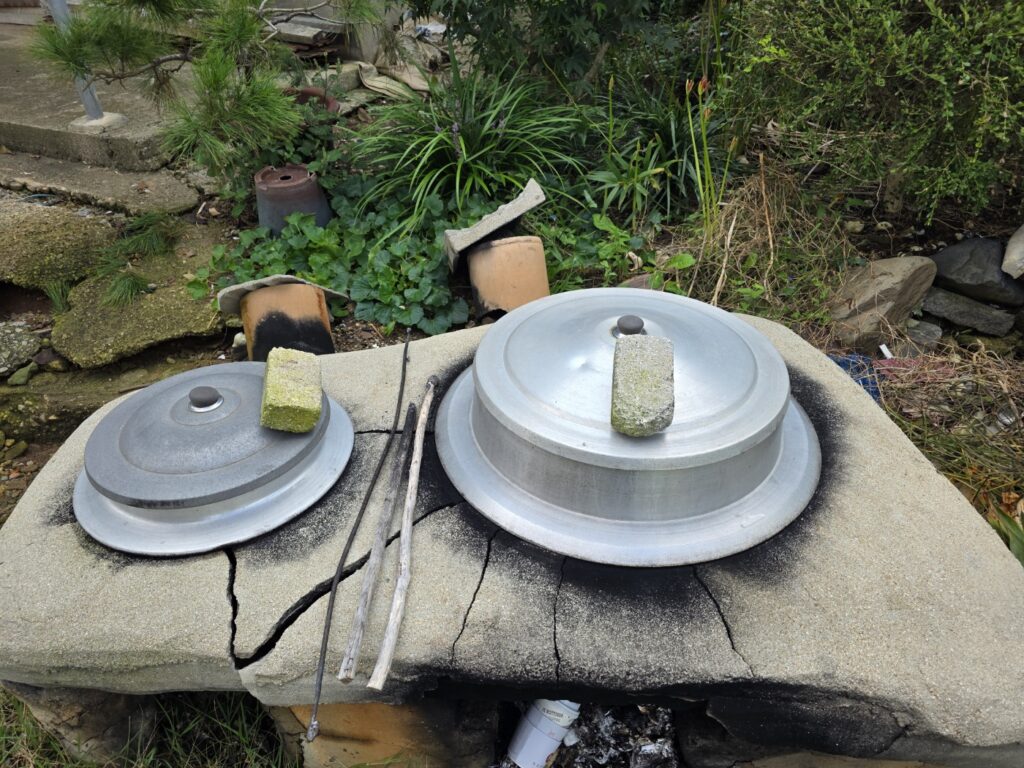
Why Gimje Countryside Attracts Foreign Travelers
- Authenticity: Unlike curated tourist sites, Gimje shows daily life as it really is.
- Photography: Rice fields, old houses, and village roads offer endless inspiration.
- Cultural Depth: Understanding Korea’s reliance on rice and rural heritage enriches one’s perspective.
- Accessibility: Gimje is only a few hours from Seoul, making it ideal for a countryside day trip.
Foreigners often remark on how safe and welcoming rural Korea feels. Even walking alone through fields or small villages, one is met with curiosity, kindness, and sometimes an invitation to share a meal.
How to Get to Gimje
- By Train: Take a KTX from Seoul Station to Gimje Station (about 2 hours).
- By Bus: Express buses connect Seoul and Gimje multiple times daily.
- By Car: Driving offers the most flexibility to explore small villages and scenic spots.
Once in Gimje, taxis are available, but renting a car or bike provides a deeper countryside experience.
Travel Tips for Foreign Visitors
- Best Time to Visit: Spring for planting season, autumn for harvest scenery.
- Language Barrier: Fewer English speakers; translation apps are useful.
- Respect: Always ask before photographing private homes or people.
- Stay Overnight: Consider rural guesthouses for a deeper experience.
- Explore Nearby: Jeonju, famous for hanok and food, is close by for a combined trip.
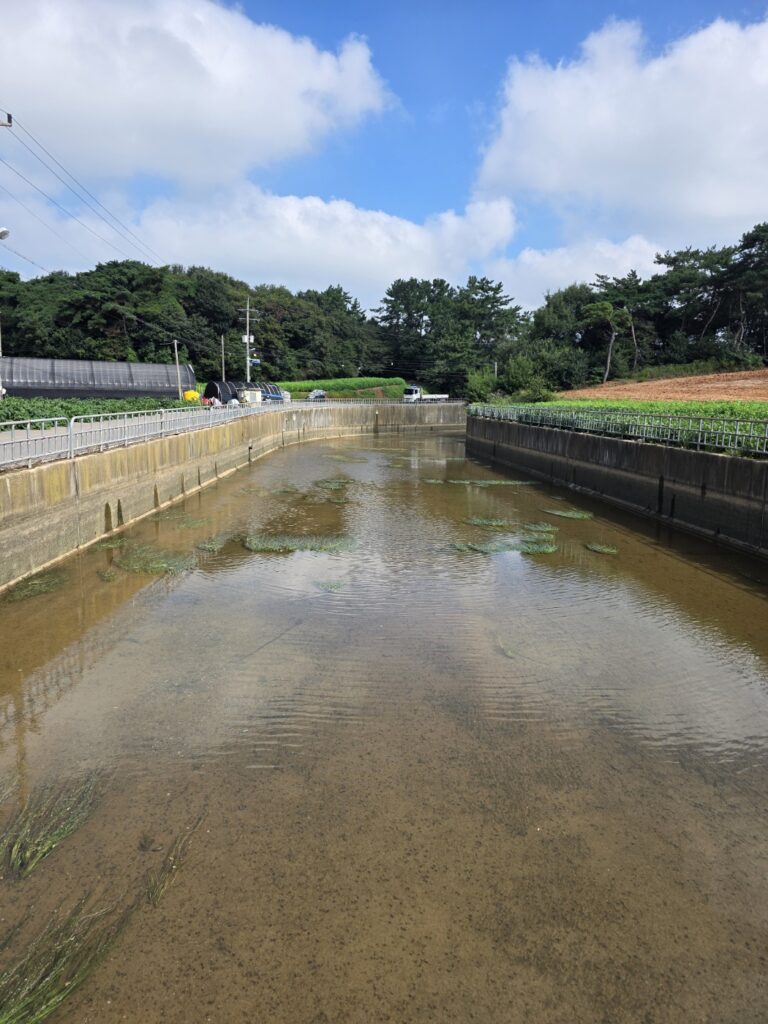
Conclusion: The Spirit of Gimje
Gimje in Jeollabuk-do is more than farmland—it is a living story of Korea’s resilience, tradition, and harmony with nature. Its rice fields, old houses, and rural life represent a Korea that thrives quietly beyond the neon lights.
For foreigners, a visit to Gimje countryside is not just a trip but an immersion into the essence of Korean culture. It is where the cycles of nature meet human perseverance, where history and daily life coexist.
When you walk along Gimje’s fields, hear the rustling rice, and see the humble beauty of rural homes, you begin to understand a Korea that words cannot fully capture.

